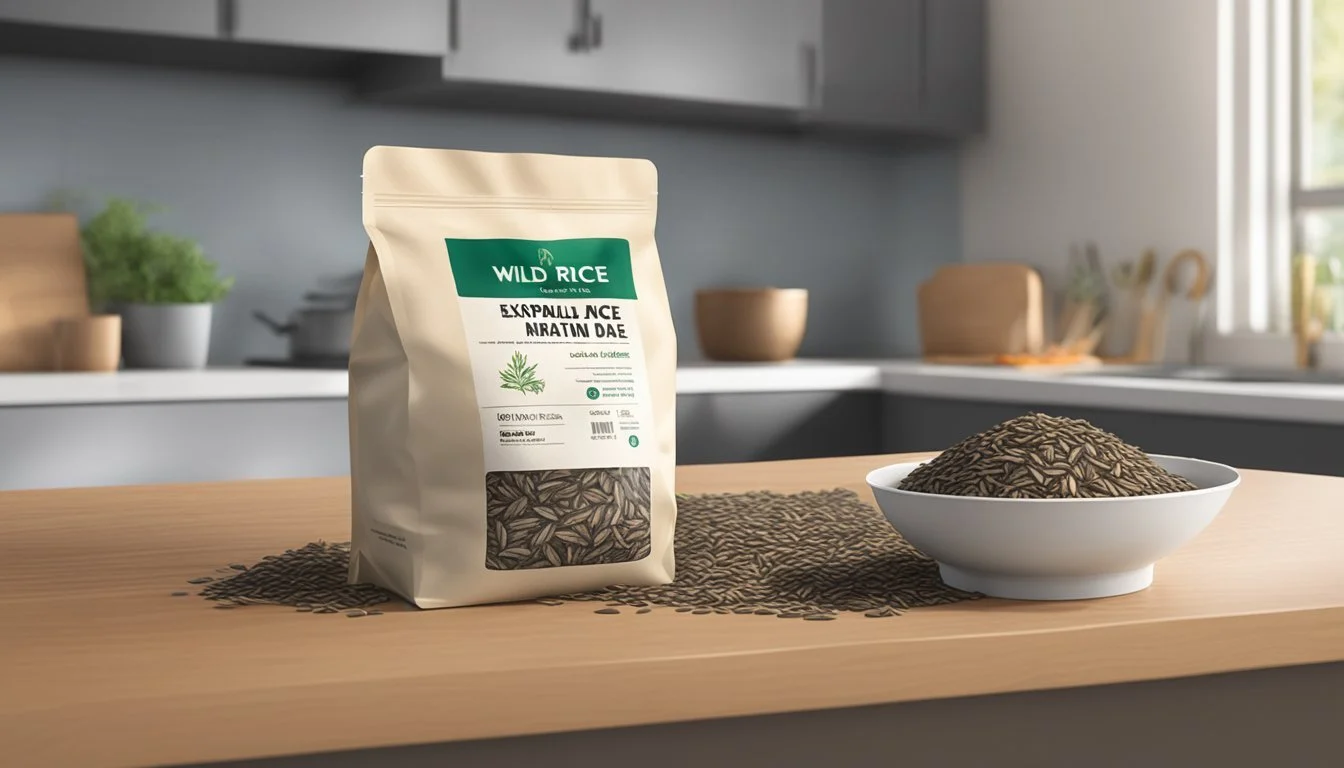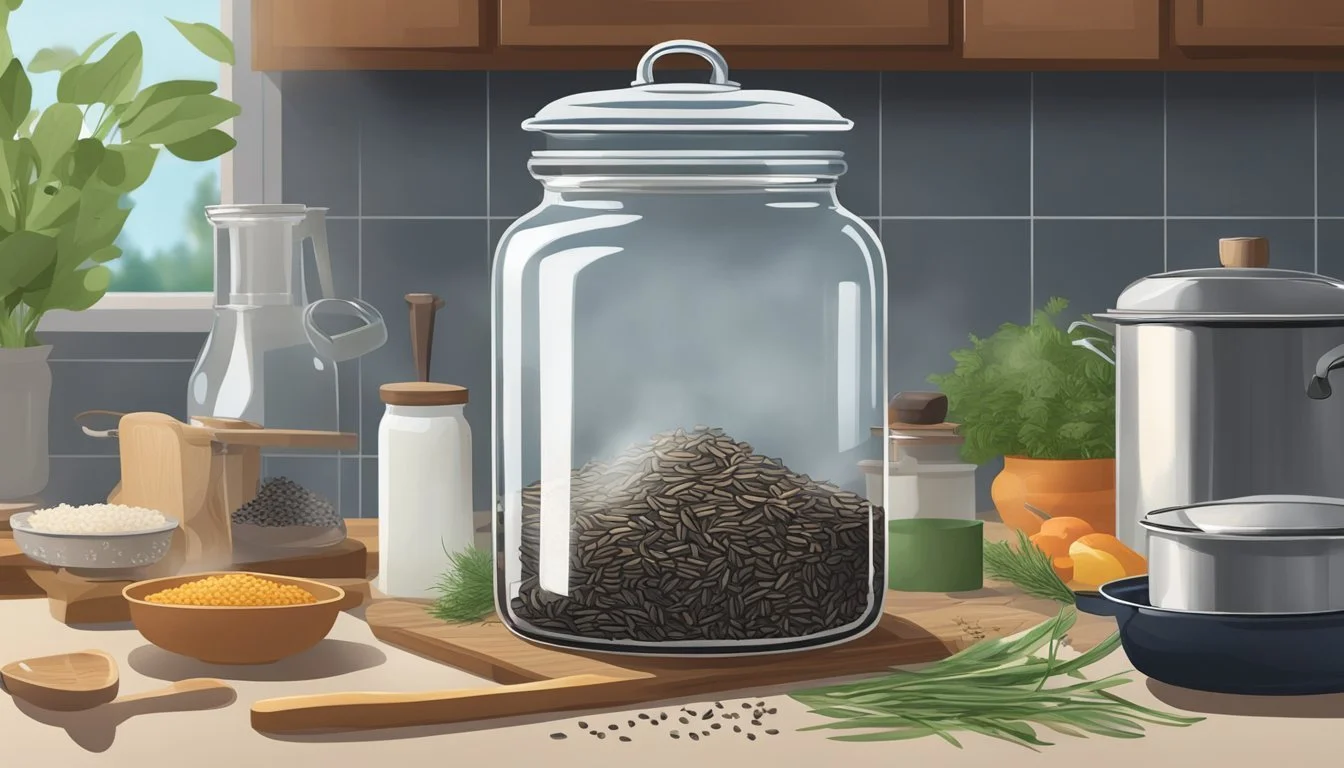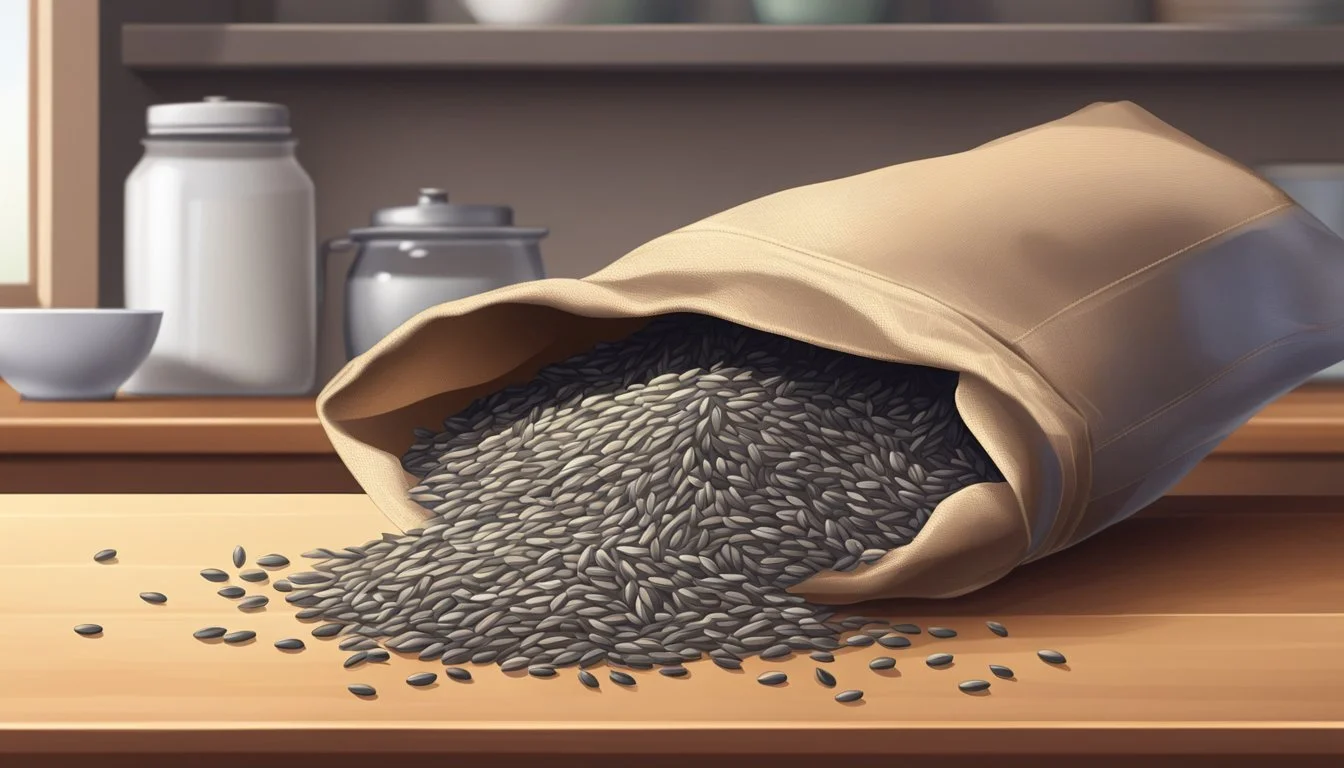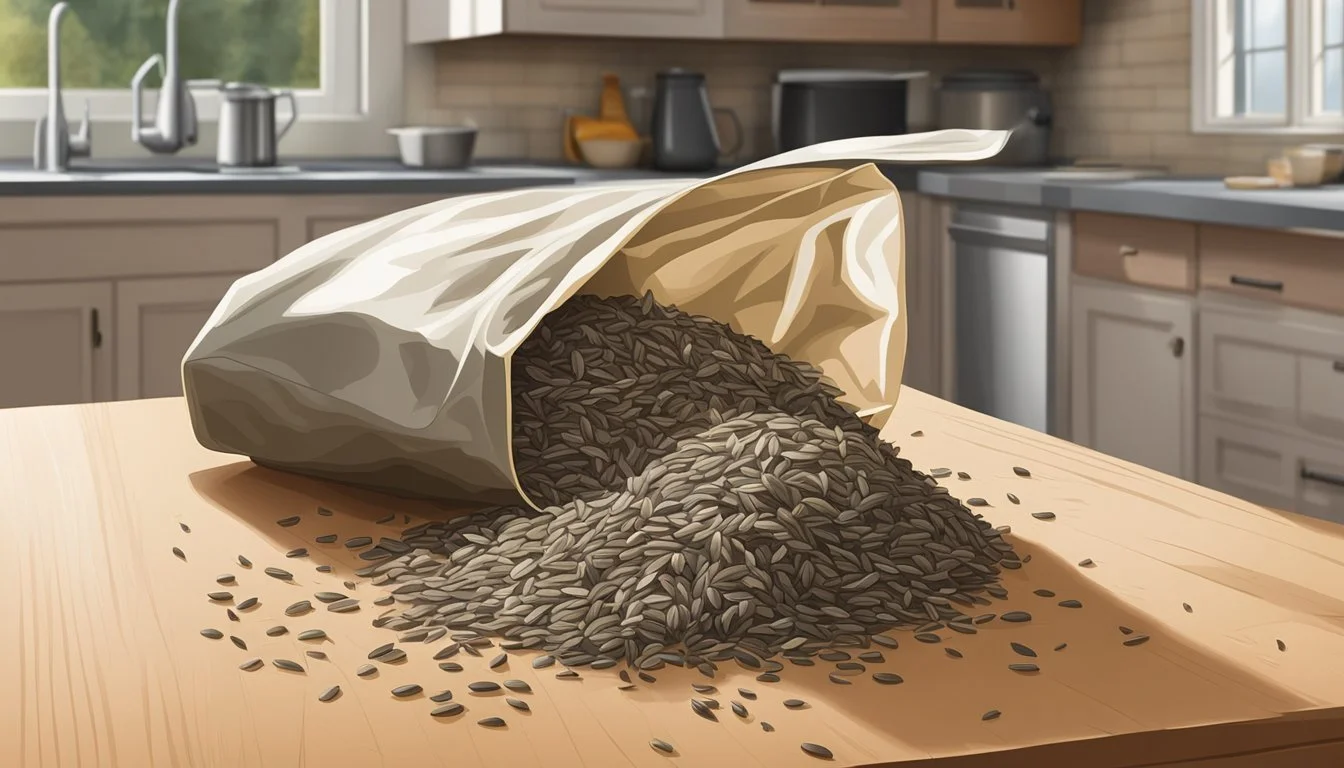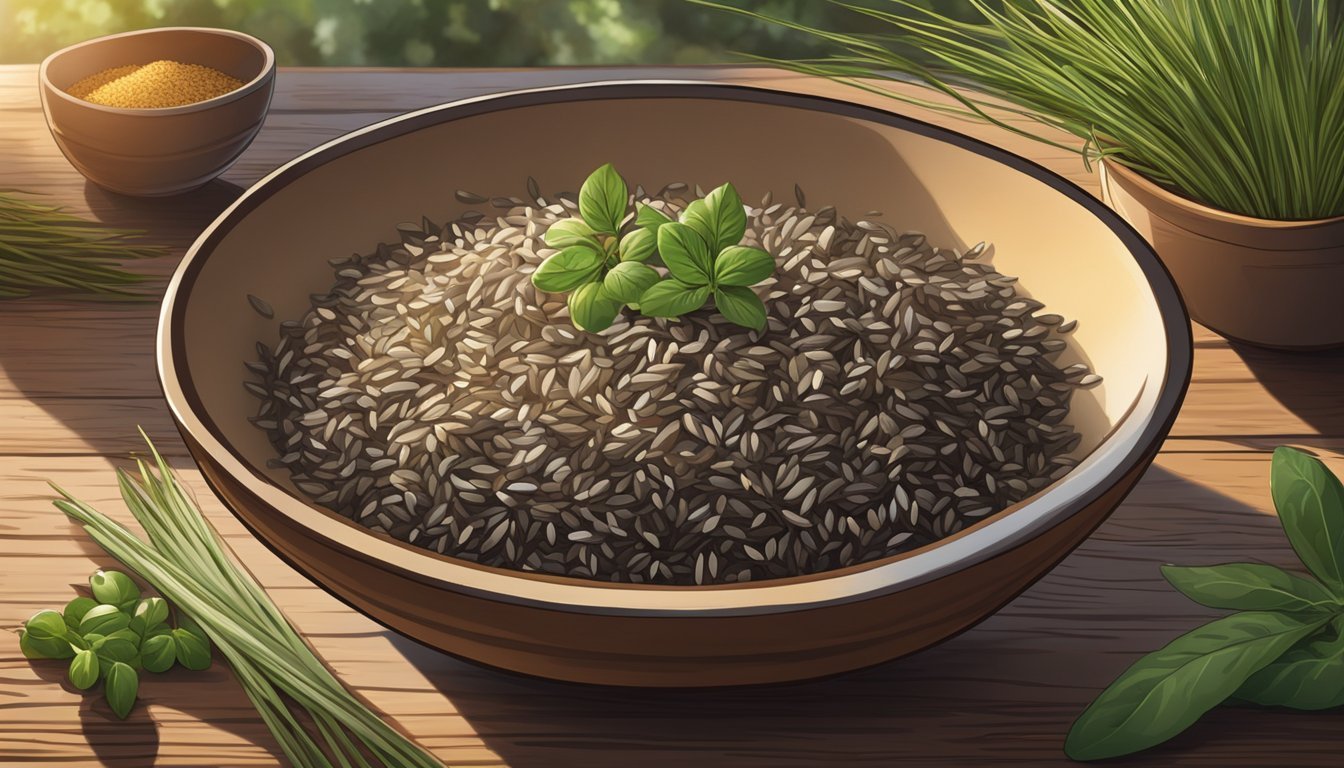Does Wild Rice Go Bad?
Shelf Life and Storage Tips
Wild rice, a versatile and nutritious grain, is often a staple in many kitchens. People frequently ask, does wild rice go bad? The short answer is yes. Like all food products, wild rice can spoil if it's not stored properly, leading to a loss in both quality and safety.
On average, uncooked wild rice can last for about 1 to 2 years if kept in a cool, dry place. Proper storage practices are essential to maintain its quality and prevent it from absorbing odors from other foods or growing mold. Checking for signs of spoilage, such as discoloration or a musty smell, will help ensure that the rice remains safe for consumption.
Cooked wild rice, on the other hand, has a shorter shelf life. It can typically be stored in the refrigerator for 4-6 days and up to 6 months in the freezer. By paying attention to these storage guidelines, you can ensure that this nutritious staple remains a valuable part of your meals.
Understanding Wild Rice
Wild rice is a highly nutritious grain known for its unique flavor and versatile culinary applications. It offers numerous health benefits and can be a great addition to many recipes.
Nutritional Benefits
Wild rice is a nutrient-dense food packed with essential minerals and vitamins. It is a good source of protein and dietary fiber, making it an excellent option for those looking to increase their nutrient intake. The grain also contains significant amounts of magnesium and zinc, which help support the immune system. Wild rice is naturally gluten-free, making it suitable for people with gluten sensitivities or celiac disease. Additionally, its low calorie and fat content make it a healthy choice for weight management.
Culinary Uses
The nutty flavor and chewy texture of wild rice make it a versatile ingredient in various dishes. It can be used in salads, soups, and casseroles, adding a distinct taste and texture. In comparison to other grains such as brown rice, white rice, and quinoa, wild rice stands out due to its unique flavor profile. It pairs well with a variety of ingredients, making it a favorite in many recipes. Cooking wild rice requires a longer time than other grains, typically between 45 to 55 minutes, but the resulting flavor and texture are well worth the effort.
Varieties and Comparison
Wild rice comes in several varieties, primarily grown in North America. These include Northern wild rice and Southern wild rice, each offering slightly different flavors and textures. Compared to brown rice, wild rice has a richer, more complex taste. Unlike white rice, which has a milder flavor and softer texture, wild rice provides a more flavorful and nutritious alternative. When compared to quinoa, wild rice has a similar protein content but is higher in fiber. This makes it a desirable option for those seeking both nutrition and taste in their meals.
Shelf Life of Wild Rice
Wild rice, known for its low moisture content, can maintain its quality and freshness for an extended period when stored correctly. The longevity of both uncooked and cooked wild rice primarily depends on storage conditions.
Uncooked Wild Rice
Uncooked wild rice has a notable shelf life. When stored in a cool, dry place in an airtight container, it can last between 1 to 2 years. Quality should be monitored by checking for any signs of spoilage, such as changes in odor or appearance.
Proper storage is essential. Areas exposed to heat, light, or moisture should be avoided to preserve its freshness.
Labeling containers with the purchase date helps track its longevity, ensuring it stays within its optimal shelf life. If stored correctly, uncooked wild rice can remain a staple in the pantry without significant risk of spoilage.
Cooked Wild Rice
Cooked wild rice does not enjoy the same extended shelf life as its uncooked counterpart. In the refrigerator, cooked wild rice should be kept in an airtight container and can last for up to a week.
For longer storage, freezing is an option. Cooked wild rice can be stored in airtight freezer bags or containers for up to six months in the freezer.
To maintain its quality, reheating should be done thoroughly, ensuring it reaches safe temperatures. Any cooked wild rice that exhibits off tastes, textures, or signs of spoilage should be discarded promptly to avoid foodborne illnesses.
Proper Storage Practices
Proper storage of wild rice is essential to maintain its quality and extend its shelf life. Storing methods vary for uncooked and cooked wild rice, and include refrigeration and freezing options.
Storing Uncooked Wild Rice
To keep uncooked wild rice fresh, it should be stored in a cool, dry place. This means avoiding exposure to moisture, heat, and direct sunlight, which can lead to spoilage. Storing it in an airtight container helps prevent air and external odors from affecting the rice’s quality.
Keep it away from strong-smelling foods and cleaning products to prevent the rice from absorbing unwanted odors. A pantry or cupboard is ideal for this purpose. Proper storage ensures the rice can last up to 12 months or more without losing its quality.
Storing Cooked Wild Rice
Cooked wild rice has a shorter shelf life compared to its uncooked counterpart. It should be transferred to an airtight container once it has cooled to room temperature.
Refrigerate the container to preserve the rice's freshness. When stored properly in the refrigerator, cooked wild rice can last for up to 5 days. It is crucial to monitor for any off smells or changes in texture that could indicate spoilage.
Freezing and Refrigeration
Freezing cooked wild rice extends its shelf life significantly. After cooking and cooling the rice, place it in an airtight container or freezer bag. Make sure to remove as much air as possible to prevent freezer burn.
Stored in the freezer, cooked wild rice can last for up to 3 months. This method helps retain the rice’s texture and flavor over extended periods. Labeling the container with the date of storage can help keep track of its freshness.
Refrigerating cooked wild rice is suitable for short-term storage, while freezing is ideal for longer durations, ensuring that the rice remains safe and tasty for future meals.
Recognizing Spoilage
Identifying spoilage in wild rice is crucial to avoid potential food poisoning and ensure the best quality. Both uncooked and cooked wild rice have different signs of spoilage that can be easily recognized.
Signs of Spoilage in Uncooked Rice
Uncooked wild rice should be inspected for any signs of mold growth. Mold can appear as fuzzy spots that are white, green, or black. Discoloration is another indicator to watch for; fading or darkening of the rice can suggest it's deteriorating.
Moisture can cause the grains to spoil faster. If the rice feels damp or clumpy, it should be discarded to prevent the growth of harmful contaminants. Be aware of any changes in smell. A rancid or strong odor indicates that the rice should not be consumed.
Additionally, check for bugs or insects in the storage area. Presence of pests can contaminate the rice and make it unsafe to eat. Regularly inspect your storage containers to ensure they remain airtight and free from contaminants.
Indicators of Spoiled Cooked Rice
Cooked wild rice can develop spoilage signs quickly if not stored properly. Odor is a reliable sign; any off or sour smell means the rice should be discarded. Texture changes such as becoming slimy or excessively dry also indicate spoilage.
Look for visible mold growth. Mold in cooked rice appears as unusual colored spots, often green or white. Taste is a definitive indicator; if the rice has an off taste, it likely contains toxins that can cause food poisoning.
Finally, cooked rice should be kept at the correct temperature. Storing it at room temperature for too long can encourage bacterial growth. Always refrigerate leftover cooked rice promptly and ensure it is consumed within a reasonable timeframe.
Maximizing Freshness and Flavor
To keep wild rice fresh and flavorful, proper reheating and cooking techniques are essential. These methods will help maintain its taste and nutritional benefits while enhancing its unique characteristics.
Reheating Techniques
Reheating wild rice correctly is crucial for maintaining its texture and flavor. One way to reheat wild rice is using the microwave. Place the rice in a microwave-safe dish, sprinkle a few drops of water or broth over it, and cover. Heat for about 2-3 minutes, stirring halfway through to ensure even heating.
Another effective method is the stovetop. Add a small amount of water or broth to a pot, then incorporate the rice. Reheat over medium heat, stirring occasionally until the rice is warmed through. This can take around 5-7 minutes. Adding a bit of fat, such as butter or oil, can also enhance the flavor during reheating.
Cooking and Preparation Tips
Cooking wild rice properly starts with rinsing the grains to remove any debris. For each cup of wild rice, use three cups of water or broth. This ratio helps to cook the grains evenly and preserve their nutty flavor. Bring the liquid to a boil, add the rice, then reduce the heat to a simmer.
Cooking time usually ranges from 45-55 minutes.
Utilize spices such as bay leaves, thyme, or even a splash of soy sauce to elevate the flavor profile.
To maintain the rice's unique texture and nutritional benefits, avoid overcooking. Once tender, drain any excess liquid and fluff the rice with a fork. This process helps keep the grains separate and enhances the dining experience.

